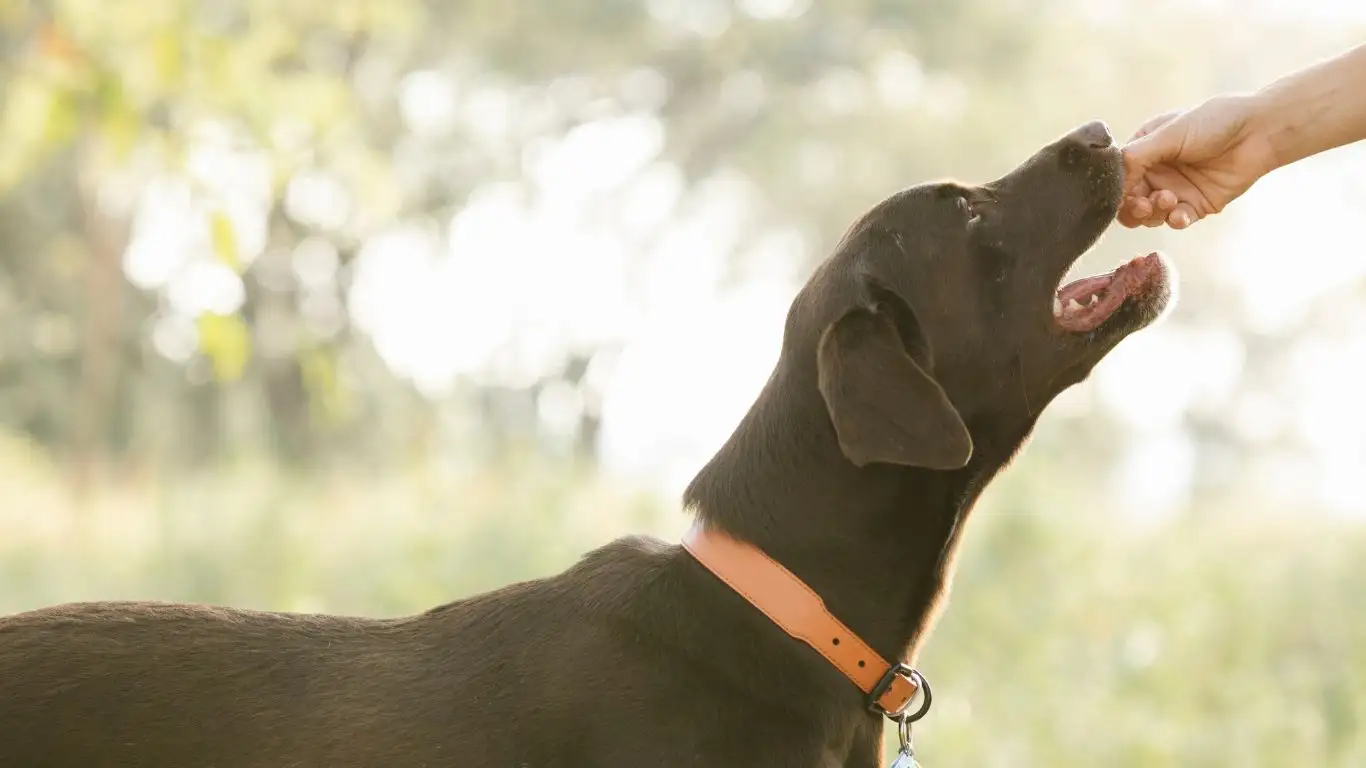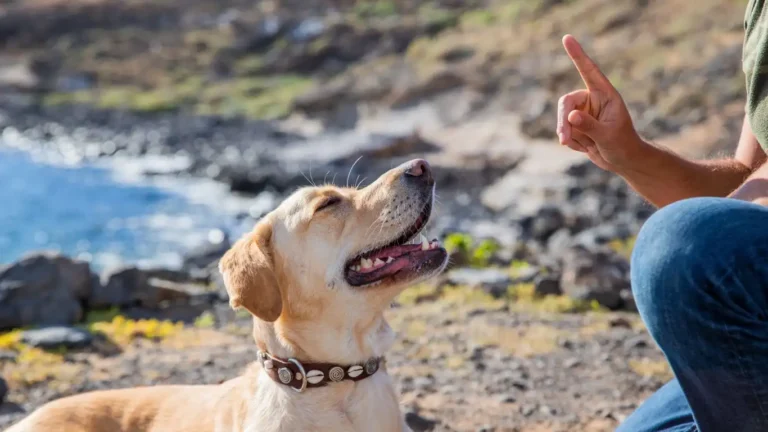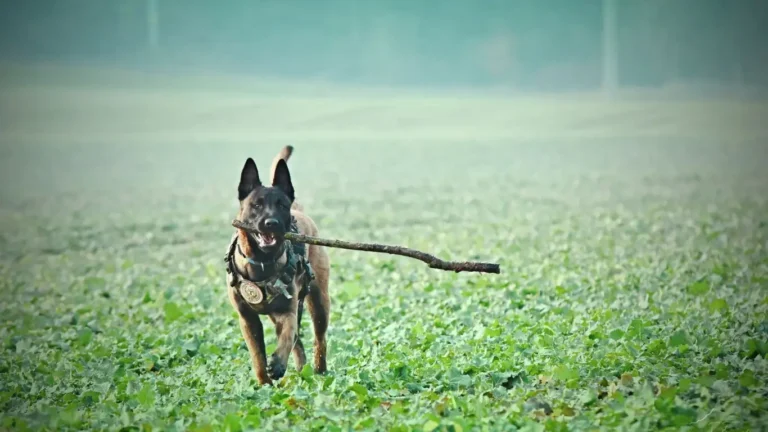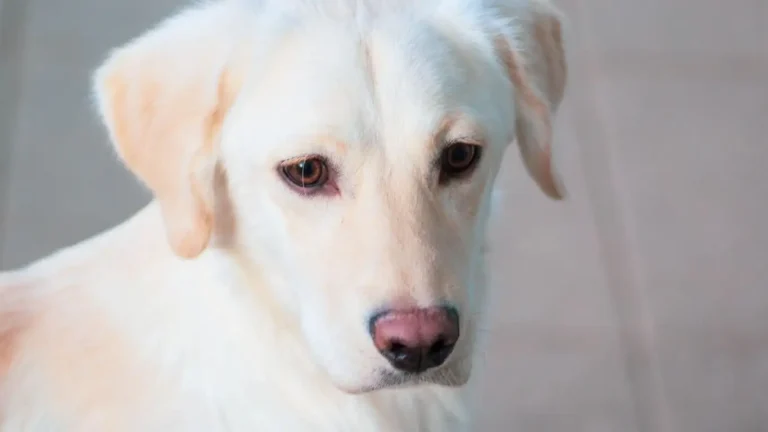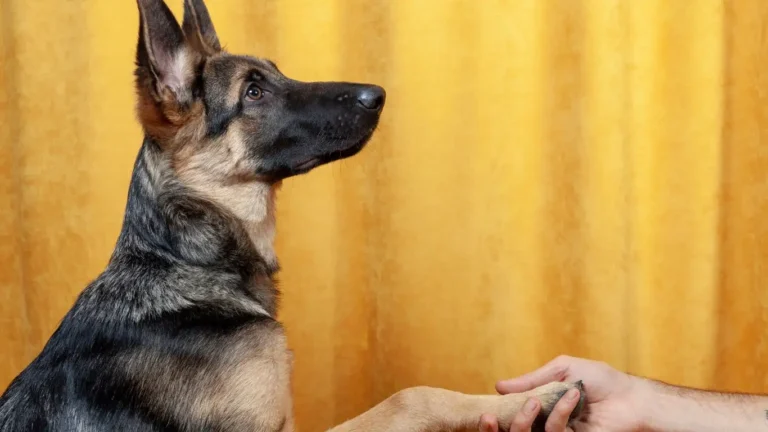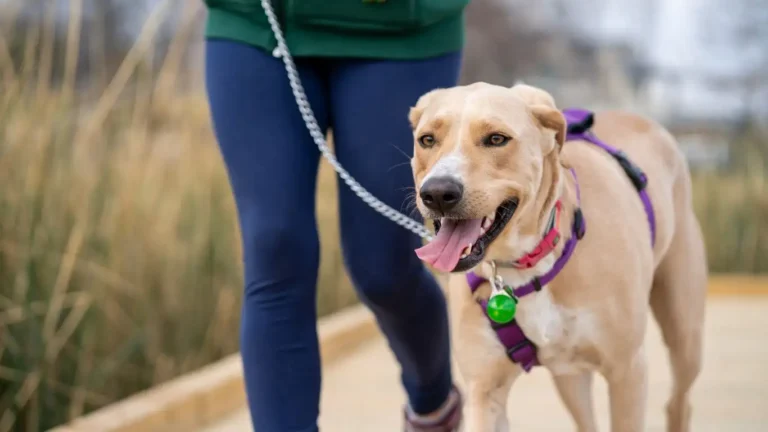Master How to Train a Dog to Use a Travel Crate Without Stress
If you’ve ever stared down a travel crate with your dog giving you the side-eye, you’re not alone. I’ve been there—with clients and with my own therapy dogs. Figuring out how to train a dog to use a travel crate isn’t just about tossing treats inside and hoping for the best. It’s about creating a cozy, safe, and positive experience so your dog associates that crate with good things—not just long car rides or vet trips. Let’s dive in.
Why Travel Crate Training Matters
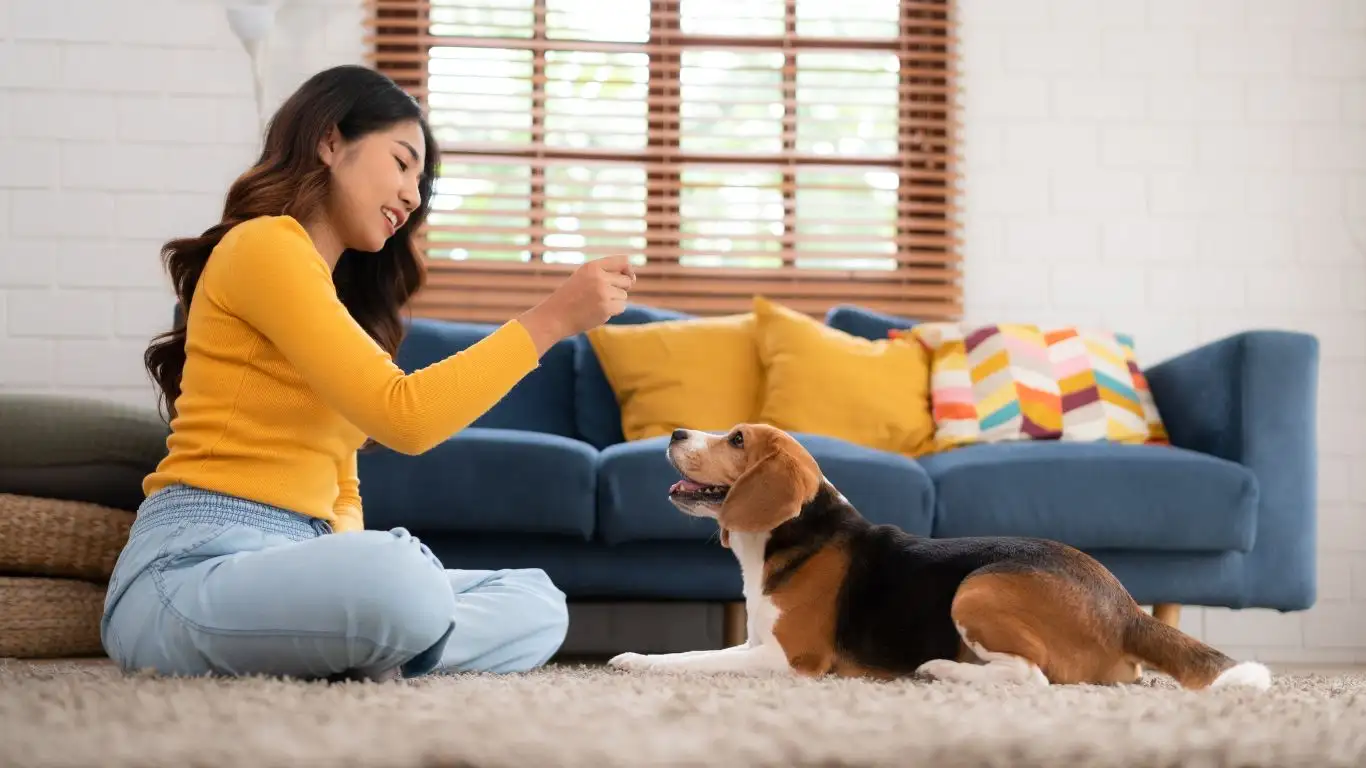
Before we even get into the “how,” let’s talk about the “why.” Whether you’re planning a cross-country move or just a short road trip to visit family, your dog’s crate is their mobile safe space. A well-trained dog in a travel crate is calmer, safer, and more secure during transit. And let’s be honest—you’re less stressed, too. When I was working with a young Labrador who’d panic in cars, crate training was the game-changer that helped her go from anxious to chill road companion.
Getting the Right Crate

This part can’t be overlooked. The right crate is your foundation. Too small? Your pup feels cramped. Too big? They slide around like they’re surfing in the back seat. You want a crate where your dog can stand up, turn around, and lie down comfortably.
Things to look for in a travel crate:
- Size-appropriate: Measure your dog from nose to tail and add a few inches for wiggle room.
- Ventilation: Plenty of airflow is a must, especially for longer trips.
- Safety: Look for crates with secure latches and crash-test ratings if you’re planning car travel.
- Comfort: Add a soft mat or familiar blanket—something that smells like home works wonders.
Pro tip from my experience: let your dog explore the crate on their own terms before you start training. Leave the door open, toss in a few treats, maybe a favorite toy. I had one rescue pup who was terrified of enclosed spaces—we spent an entire week just letting her sniff and nap inside before we ever closed the door.
Step-by-Step: How to Train a Dog to Use a Travel Crate
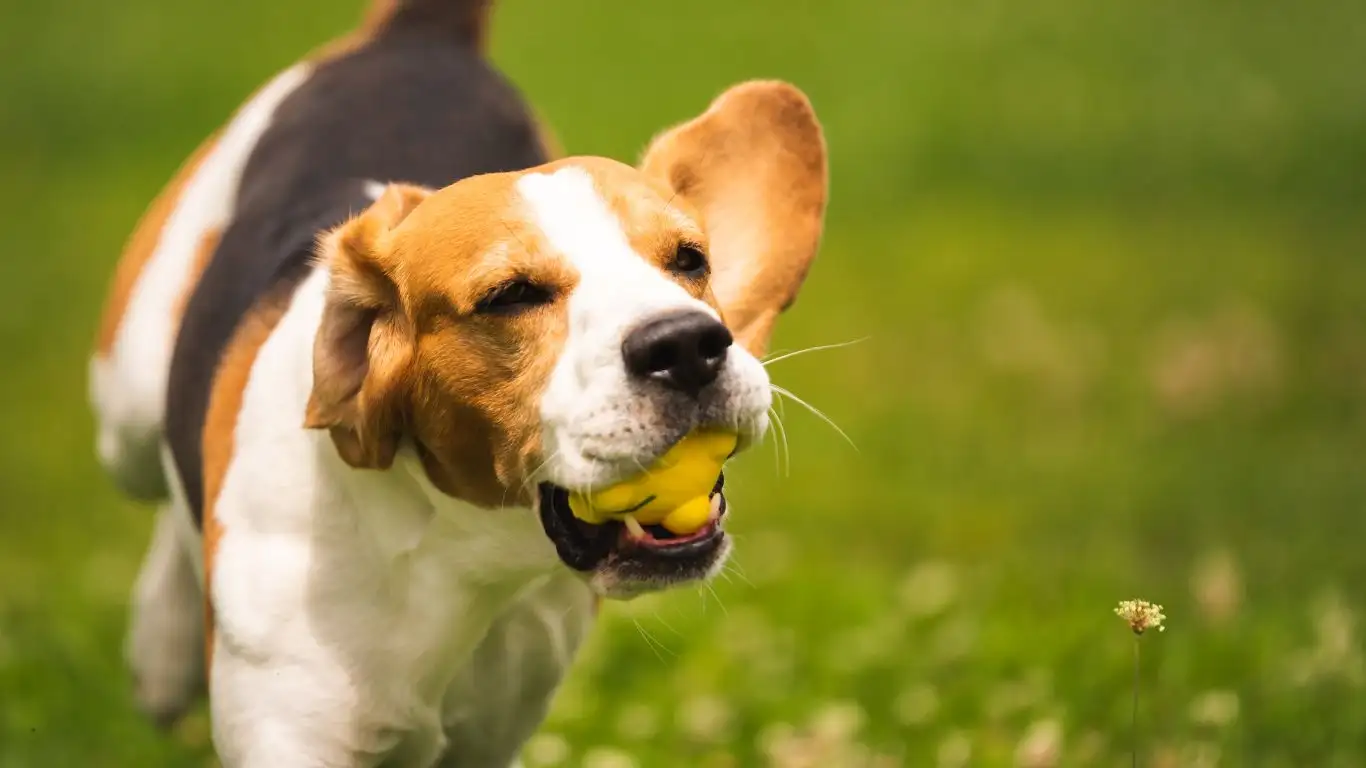
Start with the Basics: Familiarization
This is crate training 101. Before you even think about travel, your dog needs to see the crate as a chill zone. Make it part of the furniture—somewhere they can hang out, chew a toy, or nap. I like to feed meals in the crate at this stage. That association of crate = food is gold.
Close the Door… Gently
Once your dog is going in and out without hesitation, try closing the door for just a few seconds while they’re inside. Don’t make a big deal out of it. Stay calm. Open it before they get nervous. Slowly build the time up. I remember working with a client’s Beagle who would howl if the door shut even for five seconds—but after two weeks of baby steps and chicken bits, she was snoozing inside like a champ.
Add the Travel Element Later
Only after your dog is relaxed in the crate at home should you introduce movement. Start with short trips around the block. Bring along their favorite toy or blanket. Talk to them during the ride. My own dog, Marlo, used to get carsick until I figured out he just needed a little airflow and his snuggle bunny. Every dog is different—pay attention to what helps yours feel safe.
- Let your dog explore the crate freely before formal training starts.
- Use positive reinforcement (treats, praise, toys) every step of the way.
- Increase crate time gradually—don’t rush it.
- Once comfortable, add short drives to practice traveling in the crate.
Stay patient and consistent. That’s the real secret. Crate training isn’t a one-size-fits-all process—it’s about reading your dog, building trust, and celebrating the small wins. Trust me, the payoff is totally worth it when your dog hops in their crate like a pro on travel day.
Taking It to the Next Level: Crate Training for Flights

Alright, let’s talk flying. If you’re planning to take your pup on a plane, you’ll need to level up your crate game. Airline travel adds a whole new layer—strange smells, loud noises, unfamiliar people. It’s a lot, even for confident dogs.
One of the therapy dogs I worked with—a sweet, curly-haired Goldendoodle named Max—had to fly across the country with his handler. We trained for it like it was a mission. By the time his flight rolled around, he was so used to his crate being a “safe zone” that he snoozed through most of it, according to his handler. That’s the goal.
How to Prep for Air Travel Crate Training
- Use an airline-approved crate: Double-check size requirements with the airline.
- Get your dog used to long crate sessions: Start gradually increasing the time your dog spends in the crate at home, simulating longer stretches they’d experience during travel.
- Introduce airport sounds: I like to play recordings of airport noises—jet engines, announcements, rolling bags—during crate time. Helps desensitize them a bit.
- Visit the airport (if possible): Some airports allow you to do dry runs. I’ve done this with a few clients—just walking around outside near arrivals/departures helped a lot.
Don’t forget to pack familiar scents. I tell clients to sleep with a small towel or old t-shirt and pop it into the crate. Smell is powerful for dogs—it instantly grounds them. Honestly, it’s like giving them a hug when you’re not there.
Crate Training and Separation Anxiety: Real Talk
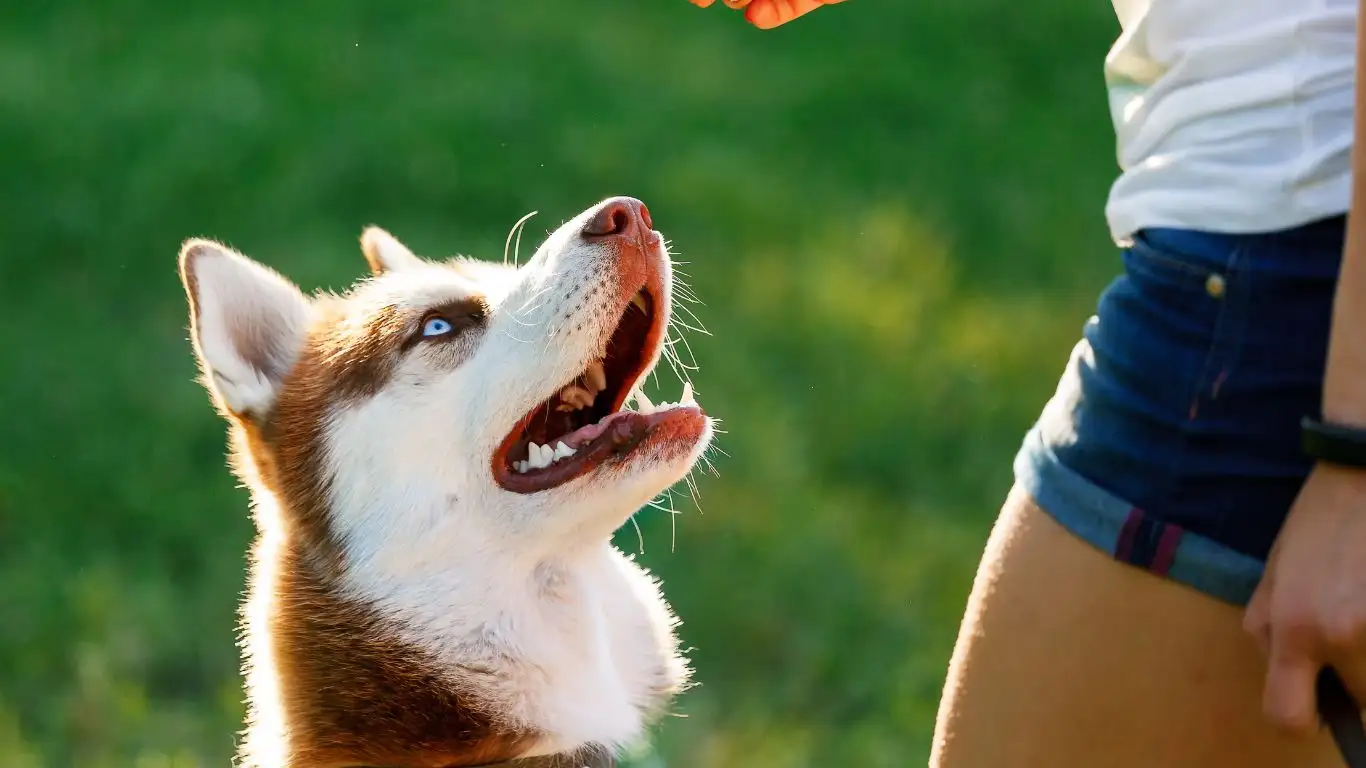
This one’s close to home. I once fostered a rescue named Daisy who had full-blown separation anxiety. The moment I closed the crate door, she’d start pawing and howling like she’d been abandoned forever. It’s heartbreaking, but it’s also workable—with patience and the right approach.
What Worked with Daisy (and Might Work for Your Pup Too)
- Crate games: Hide-and-seek with treats, puzzle feeders, and even brief crate “missions” where she got a reward for staying calm inside. Turning crate time into a game changed her whole attitude.
- Short absences: I’d step out for 10 seconds, then return. Slowly I worked up to minutes, then hours. The goal was to break that panic loop.
- White noise & calming music: I kept a white noise machine by her crate and played a calming playlist—something instrumental and low-key. It really helped dial down her reactivity.
- Never use the crate as punishment: Ever. That’s non-negotiable. The crate has to feel like their space, not a time-out corner.
If your dog struggles with anxiety, don’t go it alone. Talk to your vet or a behavior specialist. I’ve teamed up with behaviorists plenty of times for dogs that need a bit more structured support. You don’t have to white-knuckle it.
Common Travel Crate Training Mistakes (and What to Do Instead)

Even the best-intentioned dog owners hit bumps. And hey, I’ve made some of these mistakes myself back in the early days! Here’s what I see the most—and how to steer clear:
1. Rushing the Process
Fast-forwarding the steps can backfire big time. A lot of folks try to shove the dog in, slam the door, and assume the dog will “get over it.” Spoiler alert: they usually don’t. Slow and steady wins this race.
2. Only Using the Crate for Travel
If your dog only ever sees the crate when it’s time for the vet or a bumpy car ride, no wonder they resist it. Use the crate as part of daily life—naps, meals, chill time. Normalize it.
3. Ignoring Physical Needs
Make sure your dog has had enough exercise and a potty break before crate time. Nothing makes crate training harder than an antsy dog with energy to burn or a full bladder.
4. Over-rewarding Exit
This is a sneaky one. If you throw a party every time your dog leaves the crate, they might start thinking the reward comes after being inside, not for staying calm in it. Instead, reward inside the crate when they’re relaxed. That’s what we want more of.
It’s okay to hit a wall now and then—just adjust. Training is about tuning in to what your dog needs in real time. I promise, with a little consistency and a dash of creativity, you’ll get there.
Crate Confidence on Travel Day
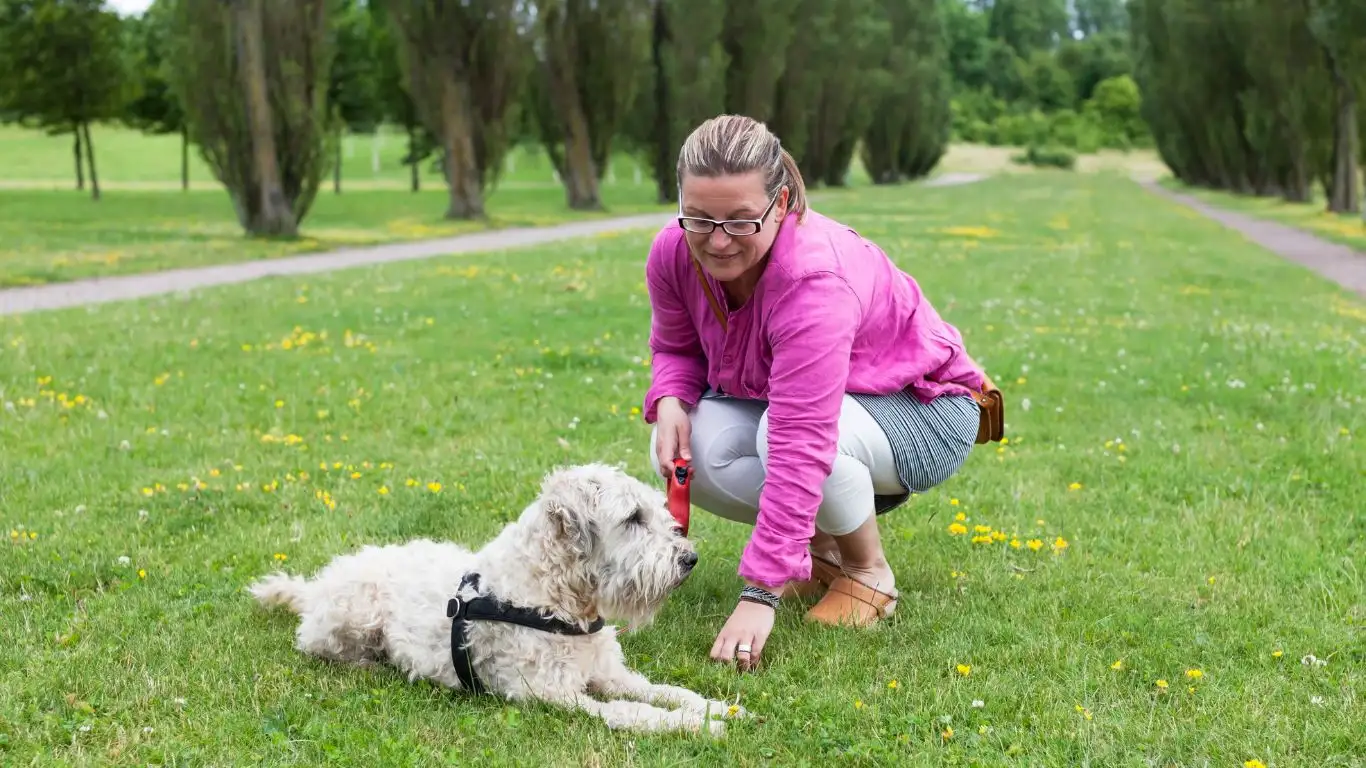
So, the big day’s here. You’ve put in the work, your dog’s familiar with the crate, and it’s go-time. This is where all that prep starts to really pay off. The goal is to keep things calm, predictable, and as stress-free as possible—for both of you.
From my own experience, whether it’s a therapy session across town or flying out to an event with one of my canine co-workers, the smoother my energy is, the smoother theirs tends to be. Dogs are emotional sponges. If you’re stressed and chaotic, they’ll pick up on it fast.
Here’s how I handle travel days with crate-trained dogs:
- Stick to routine: Morning walk, light breakfast, some play or sniff time—just like any other day. Avoid anything too high-energy or disruptive.
- Double-check crate gear: Familiar blanket, secure water source (like a spill-proof bowl), ID tags, and their go-to comfort toy.
- Stay relaxed: I usually avoid big goodbyes. Just calm, matter-of-fact energy as we load up. You want the trip to feel normal, not dramatic.
- Plan potty breaks: Right before crating, especially for long drives or flights. Nothing throws off crate comfort like a full bladder.
Also—bring backup supplies! I’ve learned that the hard way. I once flew with a dog who chewed through his travel mat mid-flight (nerves, probably). Now I always pack extras: pee pads, a second towel, even a small travel first-aid kit just in case.
Crate Training in New Places
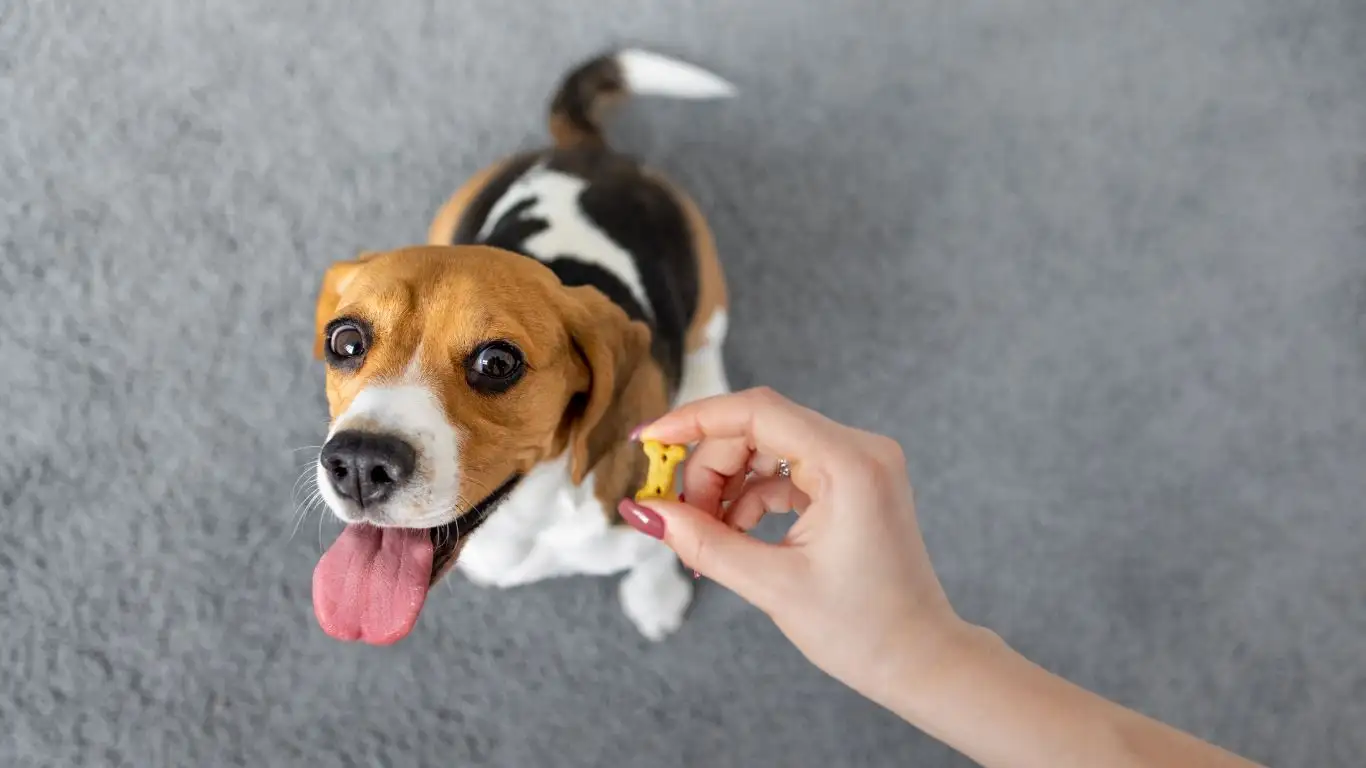
Travel doesn’t end when you arrive—it’s just a new environment. Whether it’s a hotel, a friend’s house, or an Airbnb, helping your dog adjust to unfamiliar surroundings is key. And that crate? It’s still their sanctuary, which is why this training really shines here.
Tips for settling into new spaces:
- Set up the crate first thing: Before unpacking or turning on the TV, make their crate the first familiar sight they see.
- Keep it familiar: Same blanket, same crate, same toy. I even bring a portable white noise machine to recreate the sleep environment from home.
- Limit overwhelming stimuli: Especially in those first few hours, skip the grand tour. Let them explore a bit, then retreat back to the crate when they’re ready.
One time, I had a therapy session at a school out of town, and my dog Marlo got spooked by the change in vibe. But the moment I set up his crate in the corner of the room, tossed in his favorite plush carrot, and gave him a little space—boom. Instant calm. That’s the kind of trust a travel crate builds over time.
Maintaining Good Crate Habits Long-Term
Crate training doesn’t stop after the trip. To keep that solid foundation, you want to keep using the crate as a regular part of life. Think of it like muscle memory—occasional refreshers keep the skills sharp.
Try these post-travel strategies:
- Use the crate weekly: Even if you’re not traveling soon, keep crate time part of your dog’s routine—during naps, quiet time, or feeding sessions.
- Watch for regressions: After stressful travel, some dogs may need a reset. Just go back a few steps in your training plan and rebuild the positive associations.
- Make it enjoyable: Randomly toss high-value treats or surprise chews in the crate. Let it be a place where good things happen—even when it’s not tied to travel.
Consistency is kindness. I always tell clients: the crate is never “just a box”—it’s your dog’s safe place. And like any safe space, it needs to be respected, maintained, and lovingly reinforced.
Resources & References
Looking to dive deeper or get support from trusted sources? Here are some reputable places I often recommend to dog owners and therapy handlers alike:
- https://www.aspca.org – Great for crate training basics and animal behavior resources.
- https://www.avma.org – Especially helpful for airline travel and pet safety guidelines.
- https://www.apdt.com – The Association of Professional Dog Trainers. Great place to find certified trainers in your area.
Disclaimer
This article is based on my professional experience as a Canine-Assisted Therapy Trainer and is intended for educational and informational purposes only. Every dog is different—always consult your veterinarian or a qualified behavior specialist for guidance tailored to your dog’s individual needs.
